PODCAST - Ep. 109: River's Edge, by Kyoko Okzaki
Ringing in the New Year with a *very relevant* throwback manga
Happy New Year! For the first episode of 2024 we’re starting off with a complex work, Kyoko Okazaki’s River’s Edge. In this mature-rated episode, we dig into the startling secret lives of teens in the 1990s, through the unique lens of the incredible josei manga creator Kyoko Okazaki.
And for more on how we’re dealing with the Substack situation, you can read that here.
Listen and Subscribe to the Podcast:
Google | Apple | Stitcher | RedCircle | Amazon | Radio Public | PocketCast | Spotify
IN THIS EPISODE
00:00 River’s Edge, by Kyoko Okazaki
65:26 THE BREAK
66:00 Shout-outs
River’s Edge
By Kyoko Okazaki
Translated by: Alexa Frank
Editor: Ajani Oloye
Production: Risa Cho, Pei Ann Yeap, and Lorina Mapa
Published by Kodansha. Available in print / digital
Audio editing by David Brothers. Show notes by Christopher Woodrow-Butcher and Deb Aoki
BEFORE WE GET STARTED
And we’re back! Took a few months off for the Holidays. Hope you’re doing alright, and you were able to catch-up on the podcast!
I know the schedule has been a bit crazy for season 4. It’s almost entirely my fault (Christopher). Sorry about that! Time management is a skill I’ve never possessed, and while I’m doing better (despite more travel in 2023 than ever in my life), it’s still not like, a strength you know? Still, new year new me, and I’m looking forward to a more productive, regular sort of year. Finger’s crossed.
Content Warning: This book is a heavy one. It contains rape, sexual and physical abuse, suicide, anorexia and murder. Violence towards animals, too. It is a heavy book and everything is in here.
Also, SPOILERS. We dig right into it.
ABOUT KYOKO OKAZAKI
Kyoko Okazaki was born December 13, 1963 in the suburbs of Tokyo. She got her start while still in high-school, submitting illustrations and short comics to various fanzines before being discovered by legendary editor Eiji Otsuka just after highschool. Her work reflects the lives of young women in the 1980s and 90s, with realistic dialogue, scenarios, and characters… if not occasionally slightly exaggerated. Her work is called complicated, aggressive, and controversial, but it is also deeply beloved by a generation of readers.
Okazaki’s assistants and contemporaries made their way to English-language publication more than a decade before Okazaki herself.Former assistant Moyoco Anno with Happy Mania, and Okazaki’s contemporary Erica Sakuraza with a whole self-titled line of books both debuted from Tokyopop during the manga boom, probably because Okazaki’s work was more challenging, both in form and in content. Okazaki made her startling debut in English with both Pink and Helter Skelter in 2013 from Vertical (now Kodansha).
We covered Helter Skelter by Kyoko Okazaki allll the way back in Episode 4 of the podcast.
The books, according to then EIC Ed Chavez, sold very poorly.
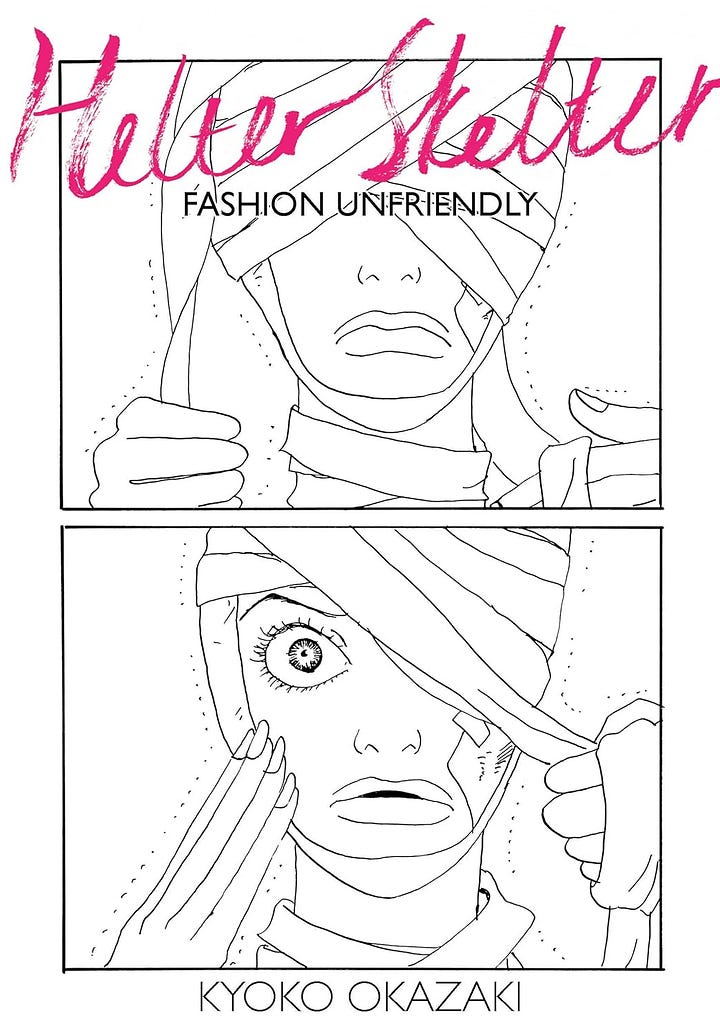
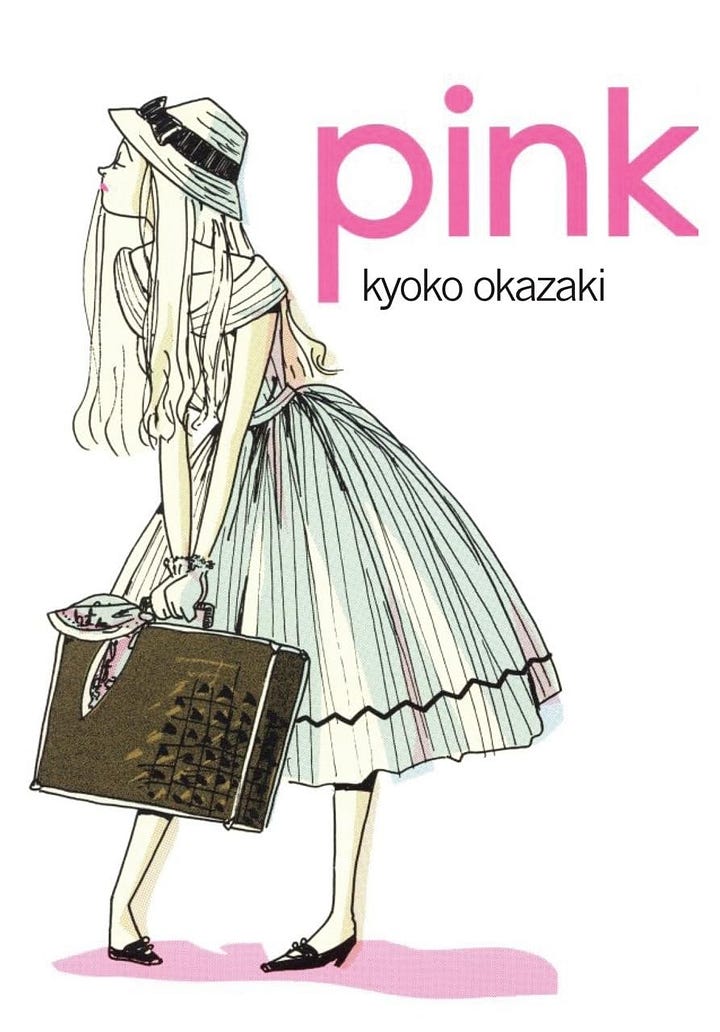
The thing is, though? They’re awesome, but yeah, they’re difficult reads. Skirting the line between reality and fantasy, sometimes metaphorical and sometimes surreal, especially 20 years removed from their original publication. Still, they found some real fans who kept banging the drum, and the ongoing support for Kyoko Okazaki in the weirder corners of the manga internet have seen 2023’s release River’s Edge, which we’re discussing on the podcast today.
At the height of her powers in 1996, Okazaki’s career was cut short by a tragic car accident where she was hit by a drunk driver. She has been on hiatus ever since.
For more on Kyoko Okazaki, I highly recommend reading this long-form biography from the blog Ceiling Gallery, itself written in 2013: https://www.ceiling-gallery.com/blog/2014/11/10/okazakikyoko
“The other weekend I attended a talk show featuring Okazaki’s closest friends, former assistant Anno Moyoko and contemporary Sakurazawa Erica. Okazaki matters to them because she’s real. Her dialog sounds the way people actually talk. Her characters deal with problems that polite society could never understand. Most of all, Okazaki is true to herself.”
Ceiling Gallery
…and thanks to Dave for the shout-out in the comments of that 9 year old blog post. 😉
ABOUT RIVER’S EDGE
From renowned author, Kyoko Okazaki, the creator of Helter Skelter and Pink, comes a story of adolescence filled with friendship, drama and intertwined relationships of six high school friends.
At the edge of the city not far from the sea, a field of goldenrod sways in the breeze, its veil of amber flowers obscuring secrets underneath. Old bones and forgotten memories rest in silence, waiting for someone to dig them up. This is where the lives of six young men and women intertwine in ways both tragic and extraordinary. Decaying secrets are revealed as they forge friendships from pain, find betrayal in pleasure, and stare into the face of death itself—in a field of gold by a stagnant river, under the smoke-filled skies.
Kodansha
This description does not do the work justice, as you will soon find out. Serialized from 1993-1994, this title is dealt with heavy themes like teen sexuality, abuse, homosexuality, basically everything in the content warning up top, in a way that felt real to its readership. It did so in a pretty unflinching, non-judgemental way, that also helped to show that the ways that these kids felt they had to live weren’t really their only options. It made a profound effect on its readership, as we’ll see in a moment.
00:45 Yeah, I know. “Oh this is recent, it came out in June” and you’re reading this in January. So like, kind of recent? Recent enough that it should have been on everyone’s best-of-the-2023 list? But probably wasn’t?
7:51 It’s true, the tribute book to River’s Edge is a thing. It’s called Edge of River’s Edge: Searching for Kyoko Okazaki, and was released in 2018. I was so shocked and happy to see something like this… Not quite a scholarly work (there’s lots of those!) but a heartfelt tribute to a specific title. And with some incredible contributors too, including manga creator Inio Asano and artist Yoshitomo Nara. Very cool.
9:00 Yeah I mentioned Riverdale, the edgy contemporary remake of Archie. It lasted for seven seasons and actually just ended, final season on Netflix. Reception was mixed.
10:25 Of course the success of Riverdale led to gritty reimagining of other “kids” properties, and that brought David to the much more mature Nancy Drew. I think by the same people, actually.
11:05 Deb comes back to this at the end of the episode, but this sequence of the man trying to call his dog back, and his dog comes back with a bone… It’s chilling once you figure it out. It’s so subtle at first.
11:45 Yeah, I was having a whole moment with Tim Robinson’s I Think You Should Leave.
More on Tim Robinson’s oeuvre in the shout-outs.
13:00 Here I mention the work of Minami Q-TA, specifically Not All Girls Are Stupid, originally published in 1996 and then in English in 2023 from Starfruit Books. We did a whole episode on that! Go check it out!
14:00 So Deb mentions how Gekiga evolved, and then sort of glosses over it, so I should probably uh, fill that in just a bit?
The short-ish version is that as manga was becoming more and more popular in the 1950s Post-War era in Japan, it was a time when cheap, disposable entertainment was at a premium.
At the time, manga, which can be translated as “irresponsible pictures” or “whimsical pictures,” was mostly for kids and teens, with Osamu Tezuka and his contemporaries at the forefront. But as manga got more popular, a second generation of creators who studied under Tezuka wanted to create more serious works for grown-up reaaders. So in the late 1950s and into the 1960s, a creator named Yoshiharu Tatsumi coined the term “gekiga,” meaning "serious pictures." Tatsumi and his peers created stories that were more directly influenced by film noir, crime novels, and 'adult' cinema in general. They created original book-length stories for grown-ups within the kashihon system, where readers could visit a rental manga shop and pay to "rent" / borrow manga to read. This was a practical, inexpensive way for people to enjoy manga without having to spend a lot of money or have to store books at home (which is a thing in Japan, since houses/apartments tend to be smaller than their N. American counterparts).
From these "rental manga" beginnings, gekiga evolved in a number of ways. Some work got more gritty and violent, some included stories that were more political and historical, some included images with more aggressive sexuality, while others moved toward telling more "realistic" stories about the struggles of everyday life in modern Japan.
Gekiga started as a response to manga, but it took some time to develop its visual and storytelling language. It kept evolving into something more challenging and unique… before ultimately being swallowed back up into the mainstream manga industry. The underground creates the revolution, then the mainstream adapts to it, and creates the need for new underground movements. This is pretty much the case with what Okazaki-sensei did with girls’ and ladies’ comics.
14:30 Small moment of disagreement with Deb here; The “sunshine and sparkles” of shoujo manga are still there, talking about boys and makeup and all that, they’re just tainted in Okazaki’s work. The girl with the cool makeup? She got it from sleeping with her boyfriend, a married man more than twice her age.
16:45
“Even if you know what’s going to happen, when it happens it’s so much worse than you imagined.”
David Brothers, Mangasplaining
19:55 Here’s that William Gibson quote. Click to enlarge.
22:00 Here’s that “SAFE SEX” spread, which really does feel like Okazaki’s zine roots coming through, as she speaks directly to the reader.
23:20 This conversation between Inoue and Kannonzaki is brutal and real, and respect (and self-respect).
25:00 David really liked this sequence, about sex and communication.
28:00 When you realize that gossip mags have leaked every single detail of your life and all of your school chums read it? Like, yikes.
29:20 David mentions the manga Blue Spring by my favorite manga creator Taiyo Matsumoto. Blue Spring is a collection of short-stories by Matsymoto, published in 1993… The same year as Okazaki’s River’s Edge. I think David makes a pretty incredible connection between the two works here, as Matsumoto has cagely said that the stories in that work were as influenced by his real life as Okazaki’s stories about young women were about hers. This is a prime candidate for a future episode of Mangasplaining, actually.
…or it would be, except unfortunately, despite David’s comments, it doesn’t actually look like Blue Spring is on Kindle? And it’s been removed from the VIZ website as well? This is really strange, as VIZ still very-much seems to be in the Taiyo Matsumoto business. Maybe they’re doing a new edition? Regardless, I can’t find it for purchase now and the print edition is VERY unavailable, so please post in the comments if I’m just missing it.
As for that story…
That story is actually called “If You’re Happy And You Know It Clap Your Hands” and it’s the first story in the book.
The story that David mentions with the gun is called “Revolver,” and it’s an adaptation of a short story by Japanese writer Caribu Marley (Garon Tsuchiya), who is probably better known for co-creating the original manga Old Boy, which became an international alt-film phenomenon.
35:00 This whole rant about depictions of women in manga should be a separate article, but if someone’s already said it better or more eloquently, let me know in the comments and I’ll edit it in here.
38:17 David shouts out the great background gags on Page 156.
39:27 Likewise, Kyoto Okazaki draws a magazine that her work appears in on the floor of Haruna’s bedroom. Of course there are notes that explain it too. 🙂
44:54 Speaking of notes from the translator, I think this particular page takes the cake.
46:10 Get some period-accurate Japanese television commercials in your life.
Meanwhile, in America, here’s a commercial that, like “Where’s the Beef” or “Time To Make The Donuts” became a staple of mainstream culture.
47:10 David makes a fun note about the cute little trucks that Akira Toriyama draws in Dragon Ball, and his realization that Japan really does have a bunch of cute little trucks riding around.
[DEB:] Fun aside -- there's a very cute little Japanese fire truck that has become a bit of an Instagram star in the San Francisco Bay Area. You can follow Kiri the Japanese Fire Truck at @teenytinyfiretruck.
Here’s a fun blog post that talks a little about Toriyama-sensei’s mechanical design.
48:20 Chip mentions this intense transition between a blowjob and pizza… which is very effective.
50:55 Deb mentions a few great sequences where screentone is well-used in Okazaki-sensei’s inimitable style:
56:30 Shout out to Becky Cloonan for her beautifully designed cover for this volume, and the page that it comes from. I think a few people thought that Becky drew the cover, but instead it’s actually from a page within the book and expertly chosen by Becky.
I wanna take a second to point out that I also really love the Korean edition’s cover, which is deliberately evocative of an oil slick in a puddle, maybe against a river’s edge? Designed by Sparks Edition Korea, check out the whole brief.
59:50 While we were all a little trepidatious when starting this book, for David it clicked on page 14. “I speak for the sake of speaking.”
64:53 And yes, the River’s Edge manga was recently adapted into a brand new live action film (and it’s not the Keanu Reeves movie with the same title from 1986).
And that’s an episode of Mangasplaining! Stay tuned after the break for shout-outs!
65:26: THE BREAK
It’s time for Shout-Outs!
CHRISTOPHER Shouts-Out Tim Robinson’s I Think You Should Leave as he mentioned up top. He also mentioned that you can just, straight up type “La Jetée” into YouTube and watch the whole movie. (I’d been meaning to watch it forever, and then I did. Yes, this is absolutely piracy. I don’t know what to tell you, but I’ll not make it a habit.) David also recommends movie ‘rentals’ at Archive.org.
CHIP piggybacks on Chris’s recommendation for I Think You Should Leave, with his first work on Netflix in an collection of one-shots, The Characters.
Chris says: I also did a little digging and it looks like Tim Robinson was on a shot called Detroiters before all of this, so I’m happy to search that out now too. Maybe you will be as well?
DAVID recommends playing Fighting Games, y’know? Street Fighter games with your pals. Friendship! Very Shonen Jump.
DEB recommends the book Hallyu!, meaning “Korean Wave.” An overview of the Korean cultural phenomenon currently enjoying immense popularity right now, as covered in this exciting-looking exhibition that ran at the Victoria & Albert Design Museum in London.
And that’s this week in Mangasplaining! This episode is also available wherever you get your podcasts, so please subscribe and leave a review, so others can discover our show.
Also, if you’d like to get the latest episode delivered straight to your inbox along with exclusive interviews, articles and new chapters of manga you can’t read anywhere else, subscribe to our Substack newsletter. See what you’re missing at Mangasplaining Extra!
Next week on Mangasplaining:
Get ready for The Yakuza’s Bias! K-Pop meets Japanese mafia? Sign me up!
Thanks so much for listening! Please support your local comic and manga specialty shop when purchasing these books, and you can find one near you at comicshoplocator.com. You can also check your local library for print and digital lending options, they have TONS of manga! Finally, thanks to D.A.D.S. for their musical accompaniment for this episode.

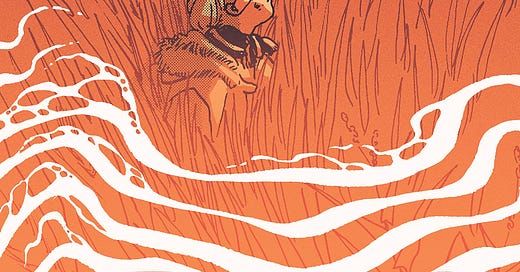


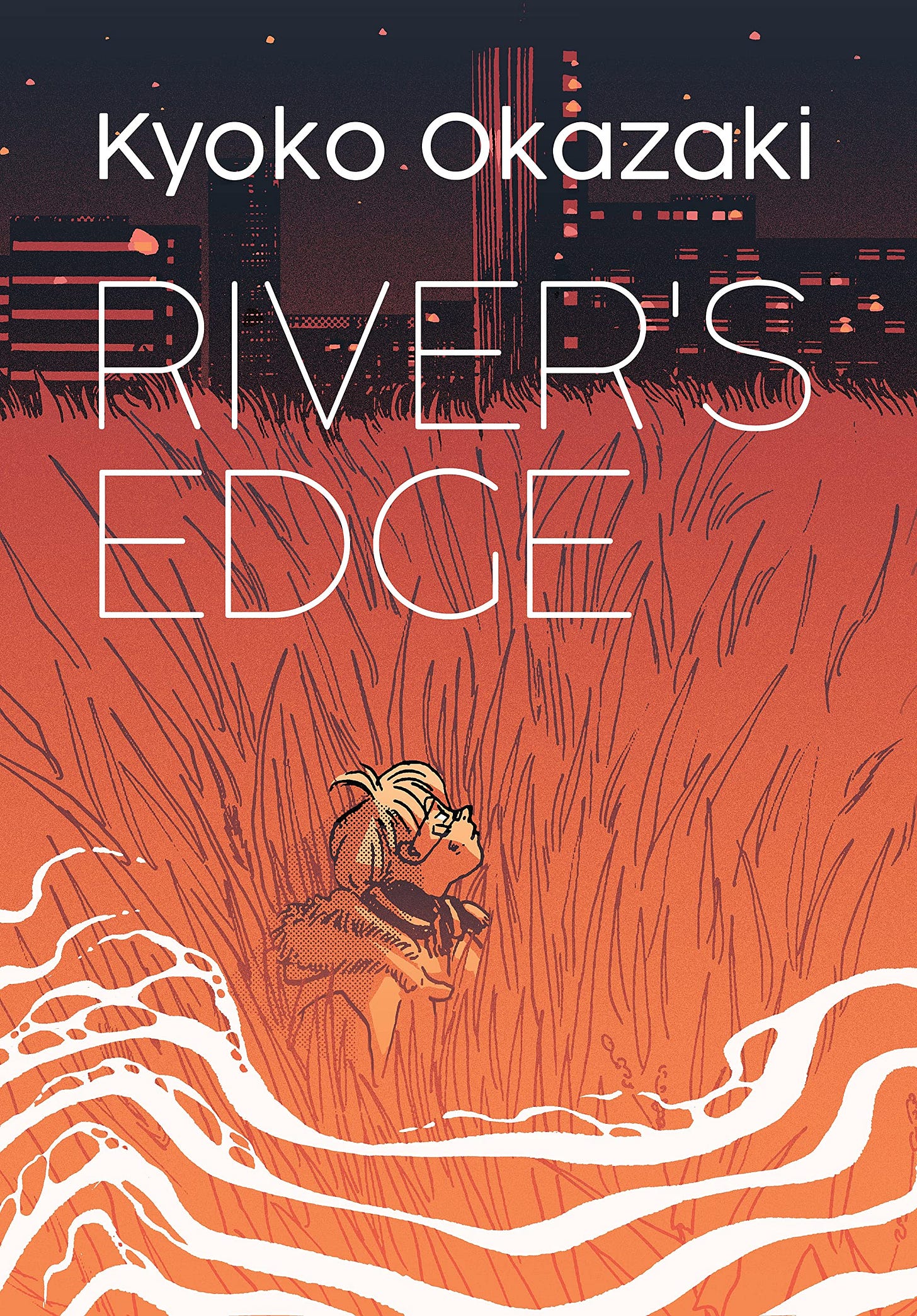
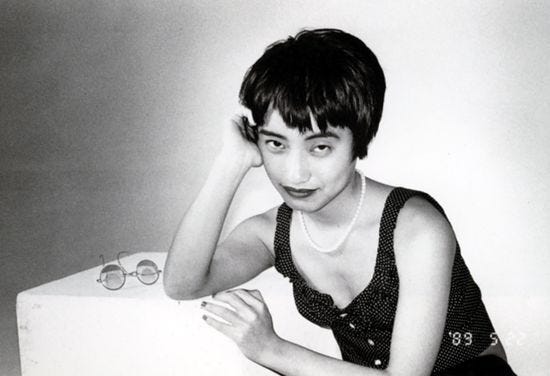
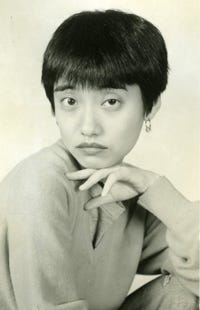

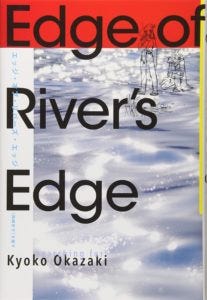
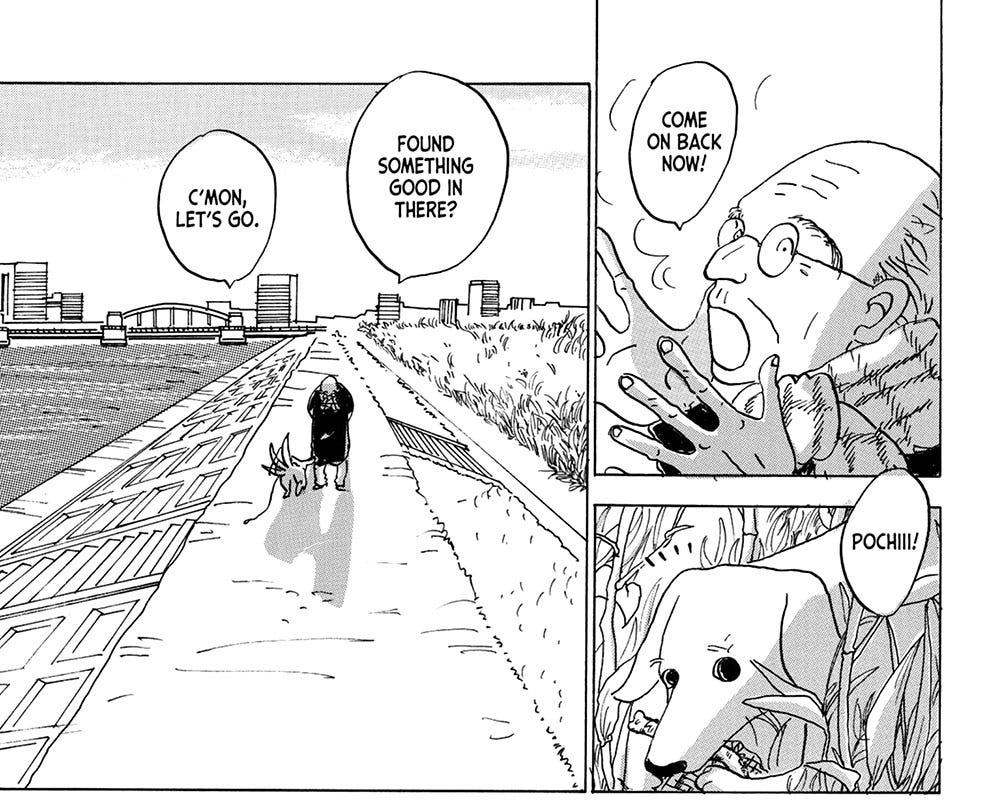
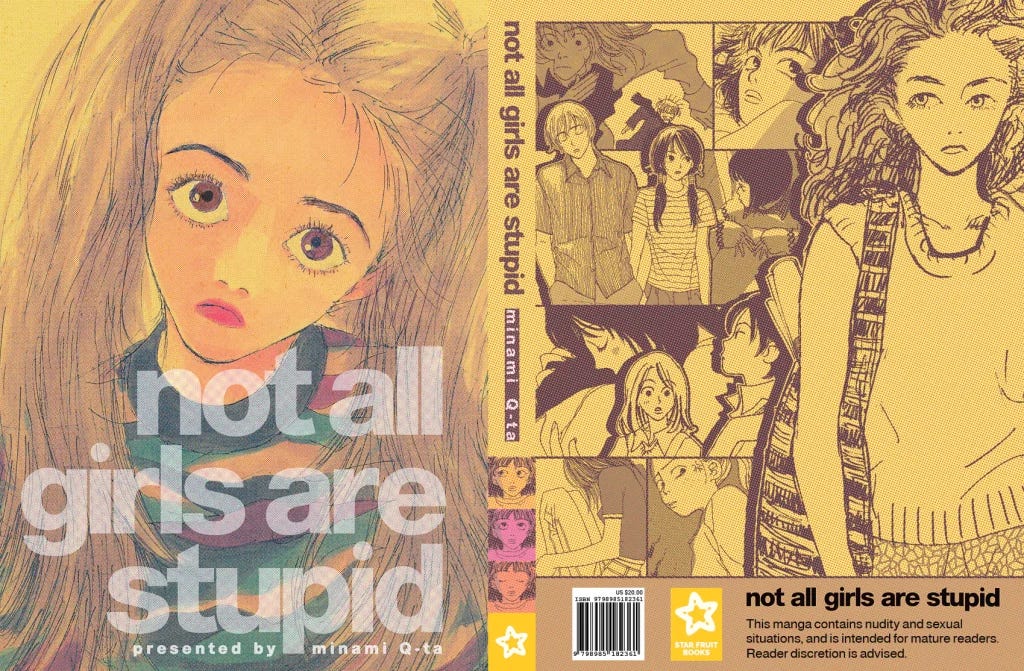
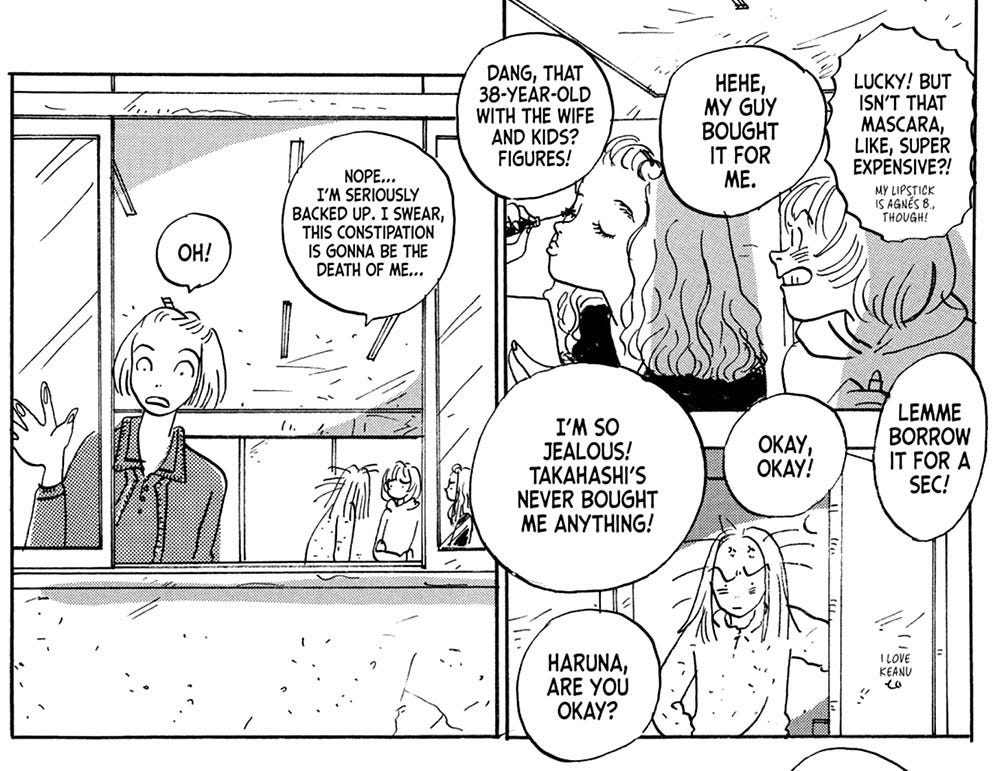
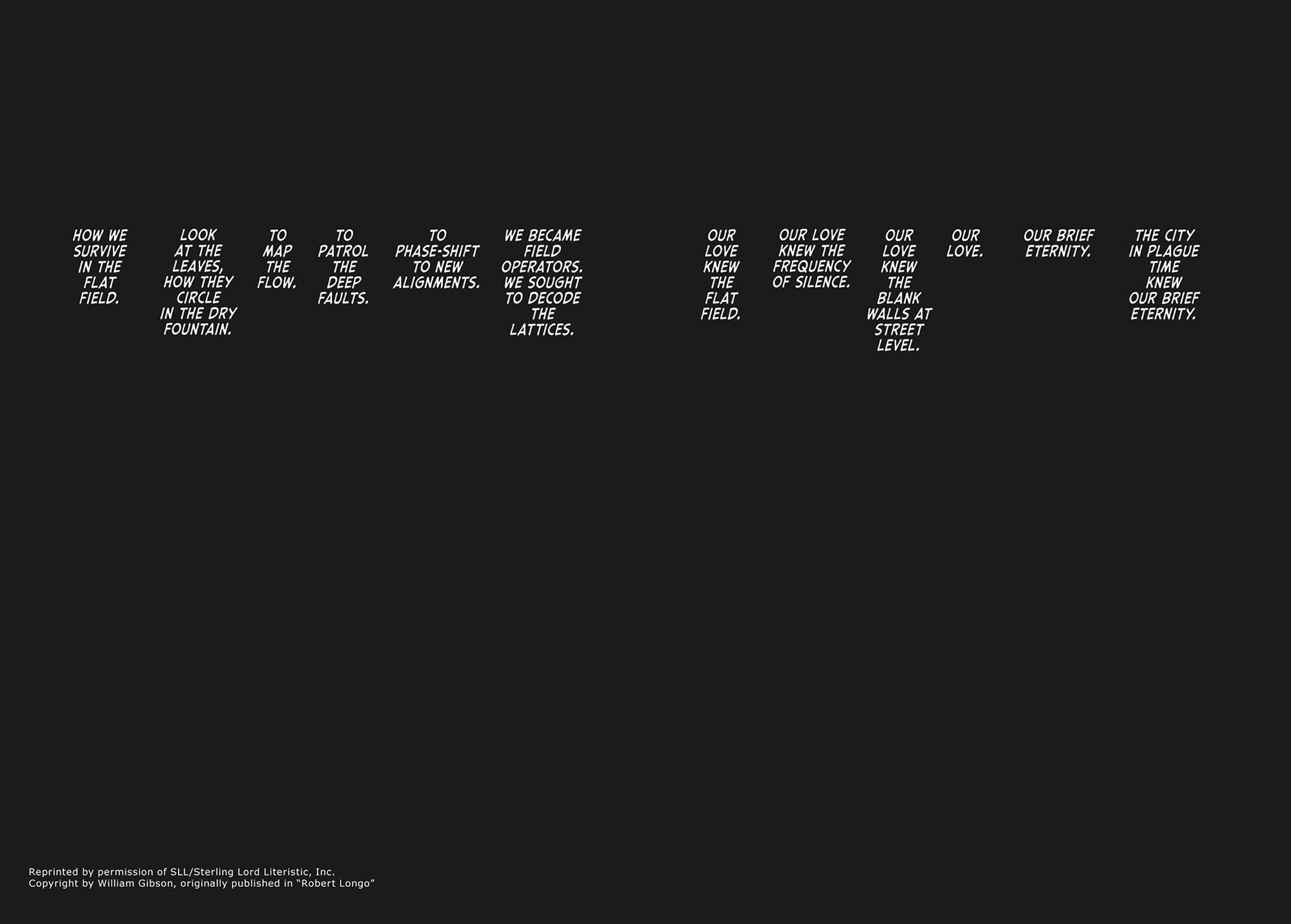
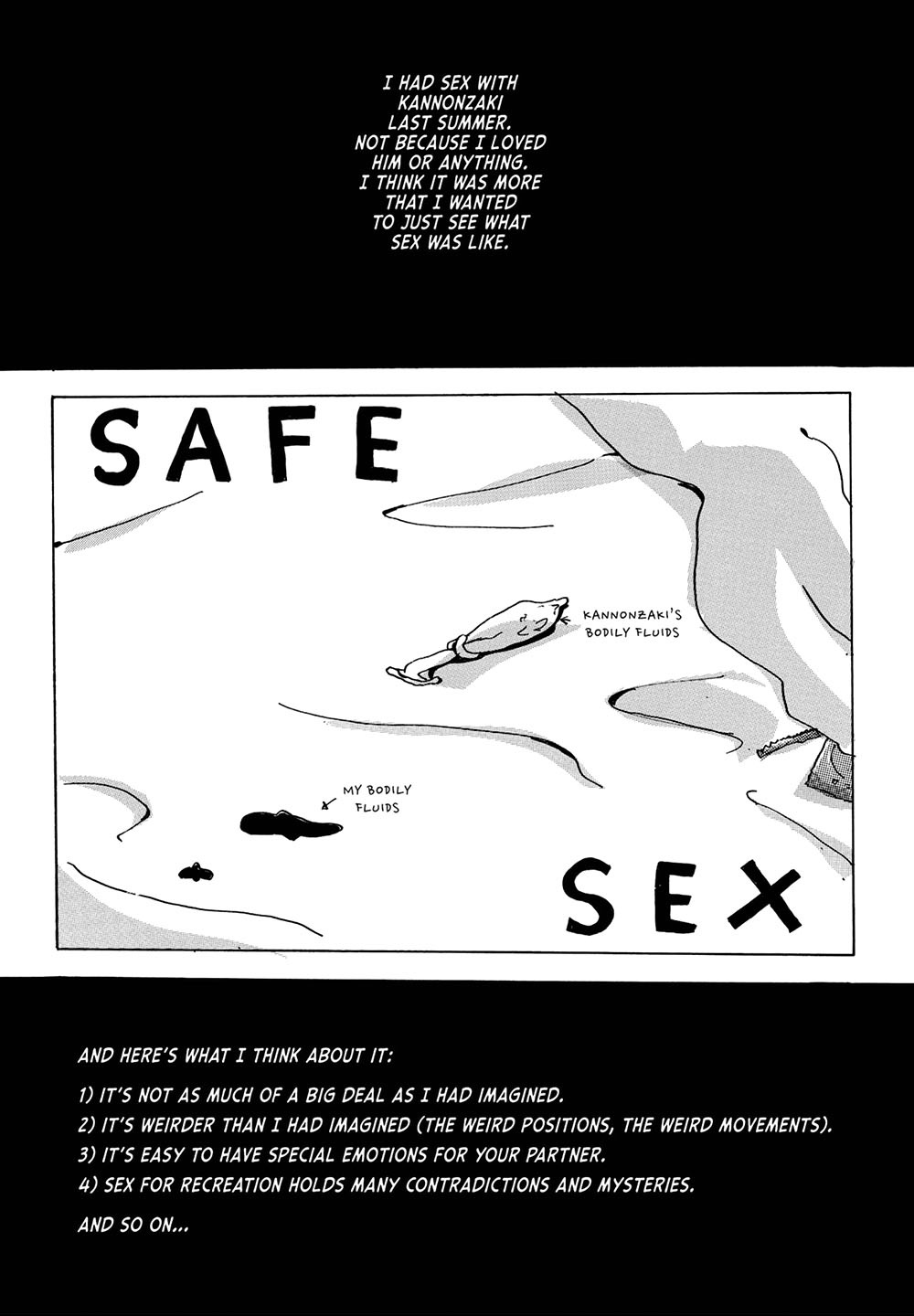
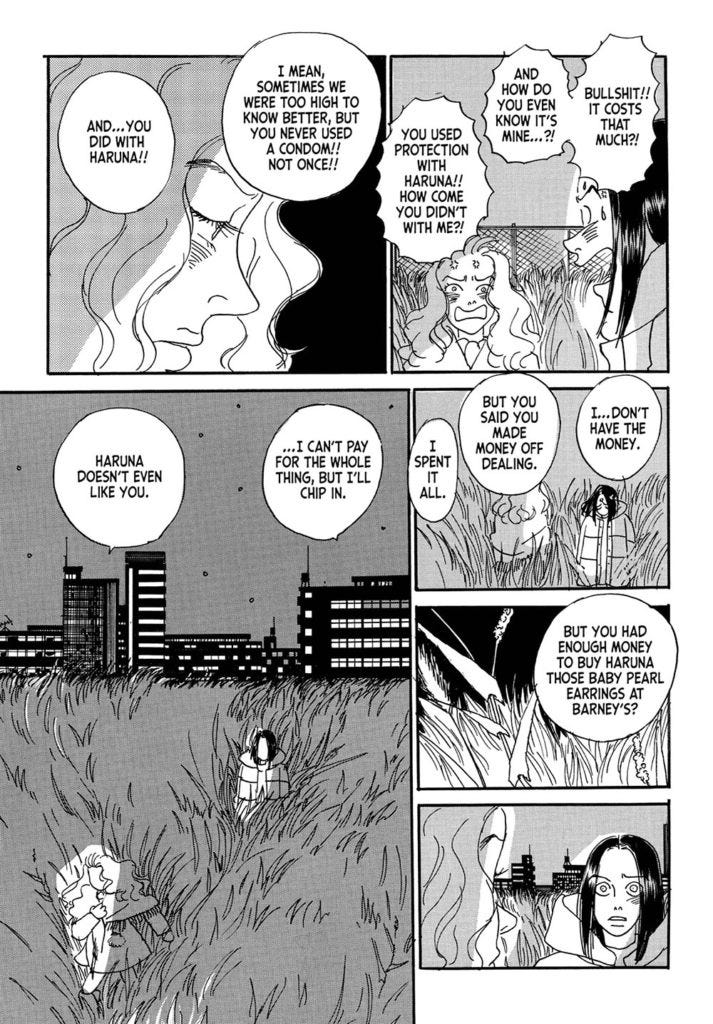
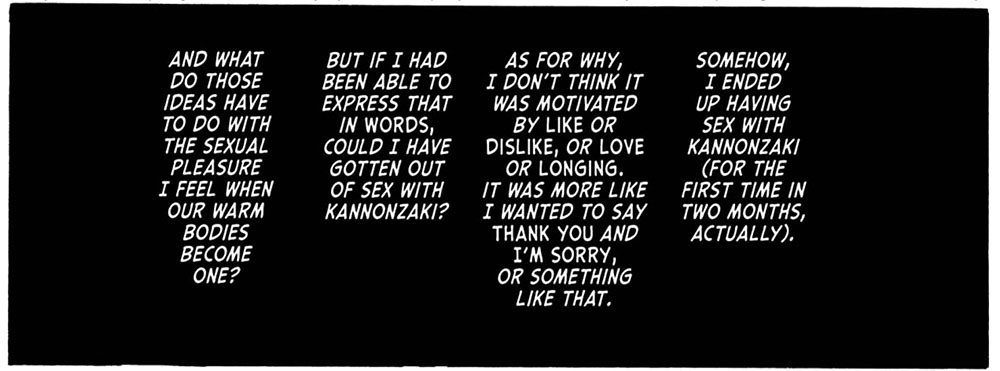
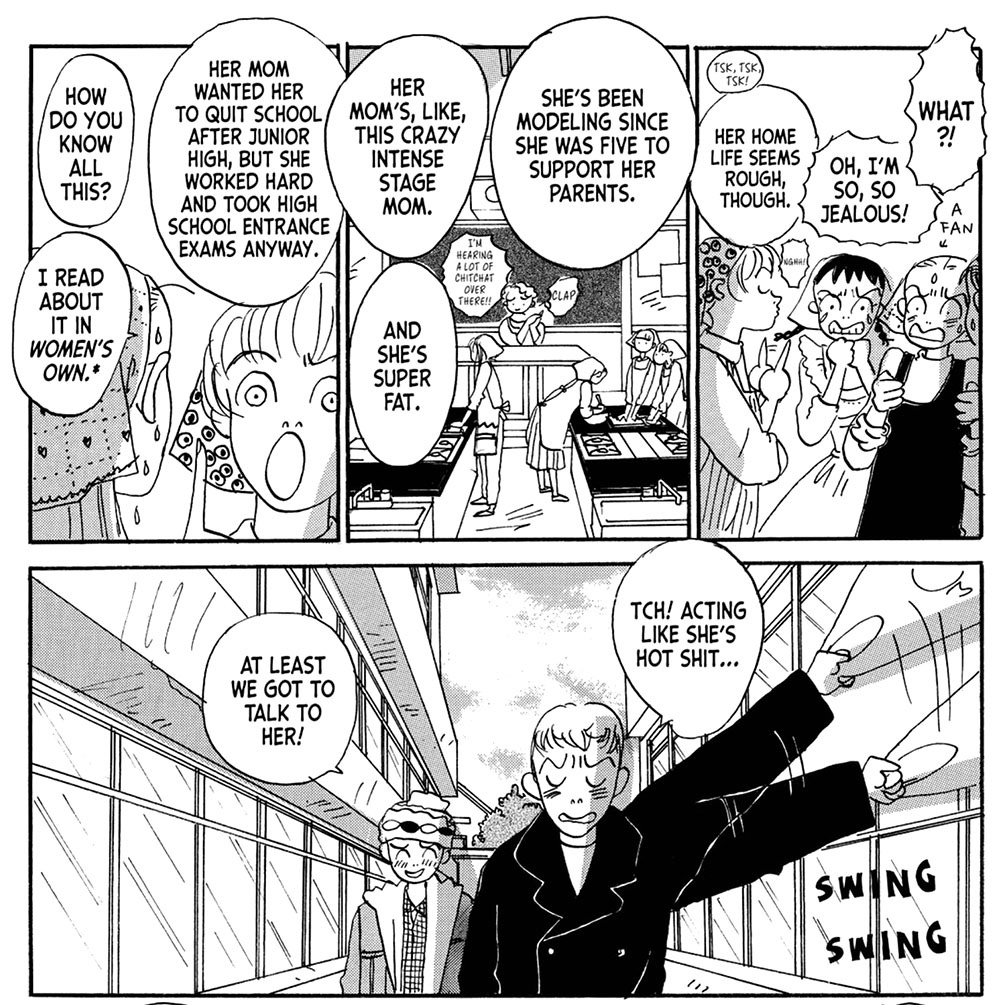
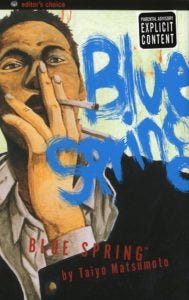
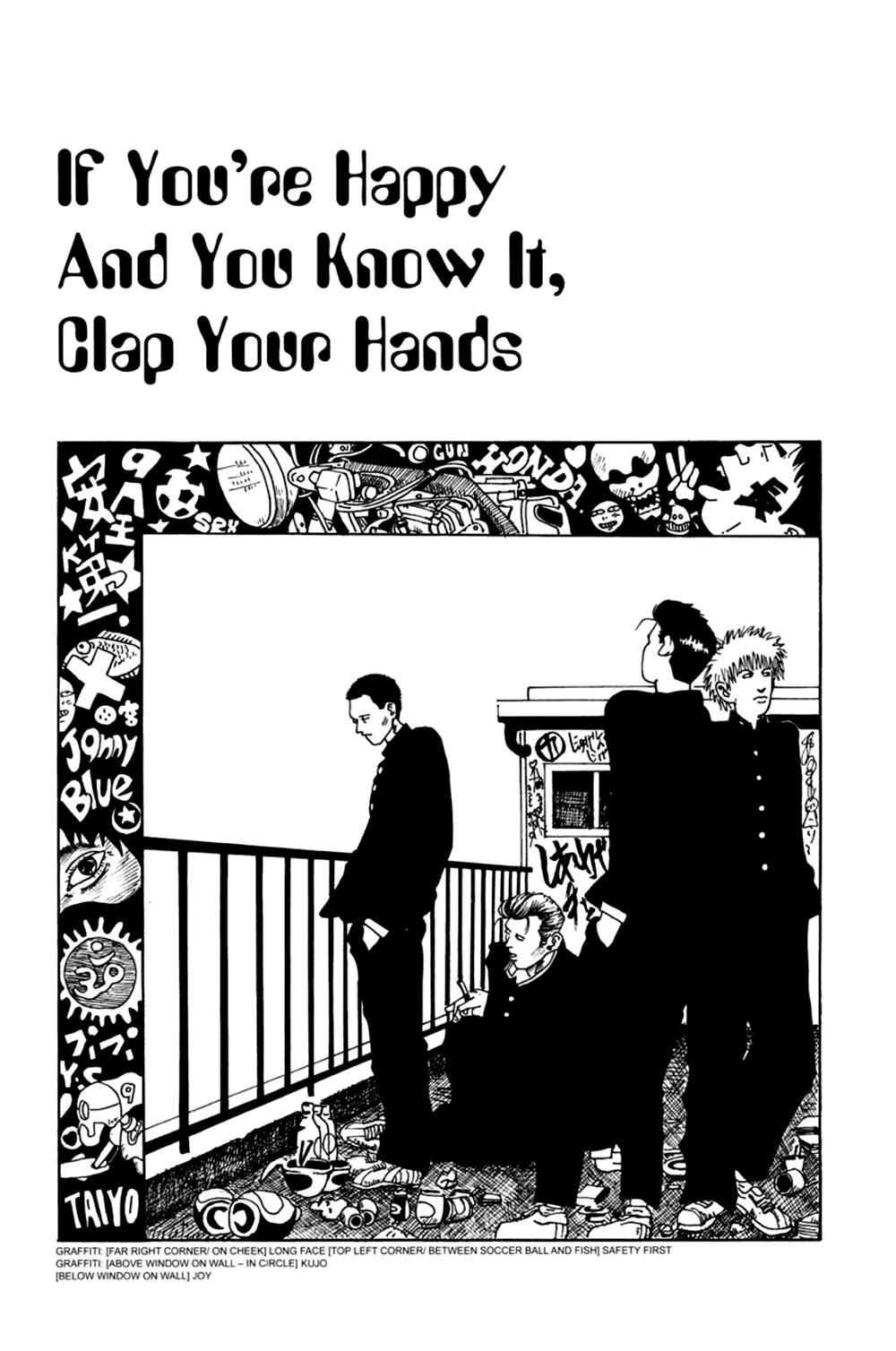
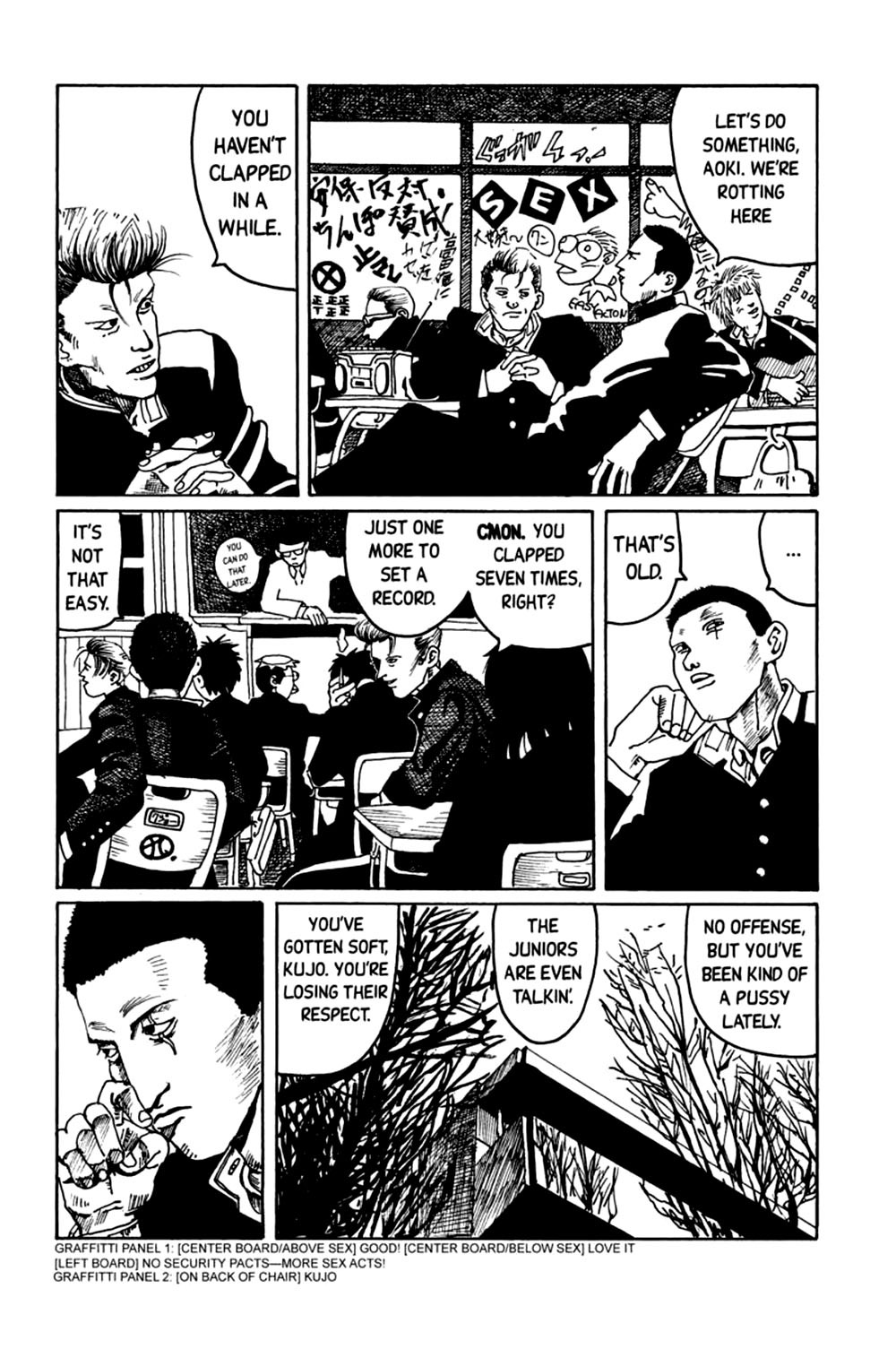

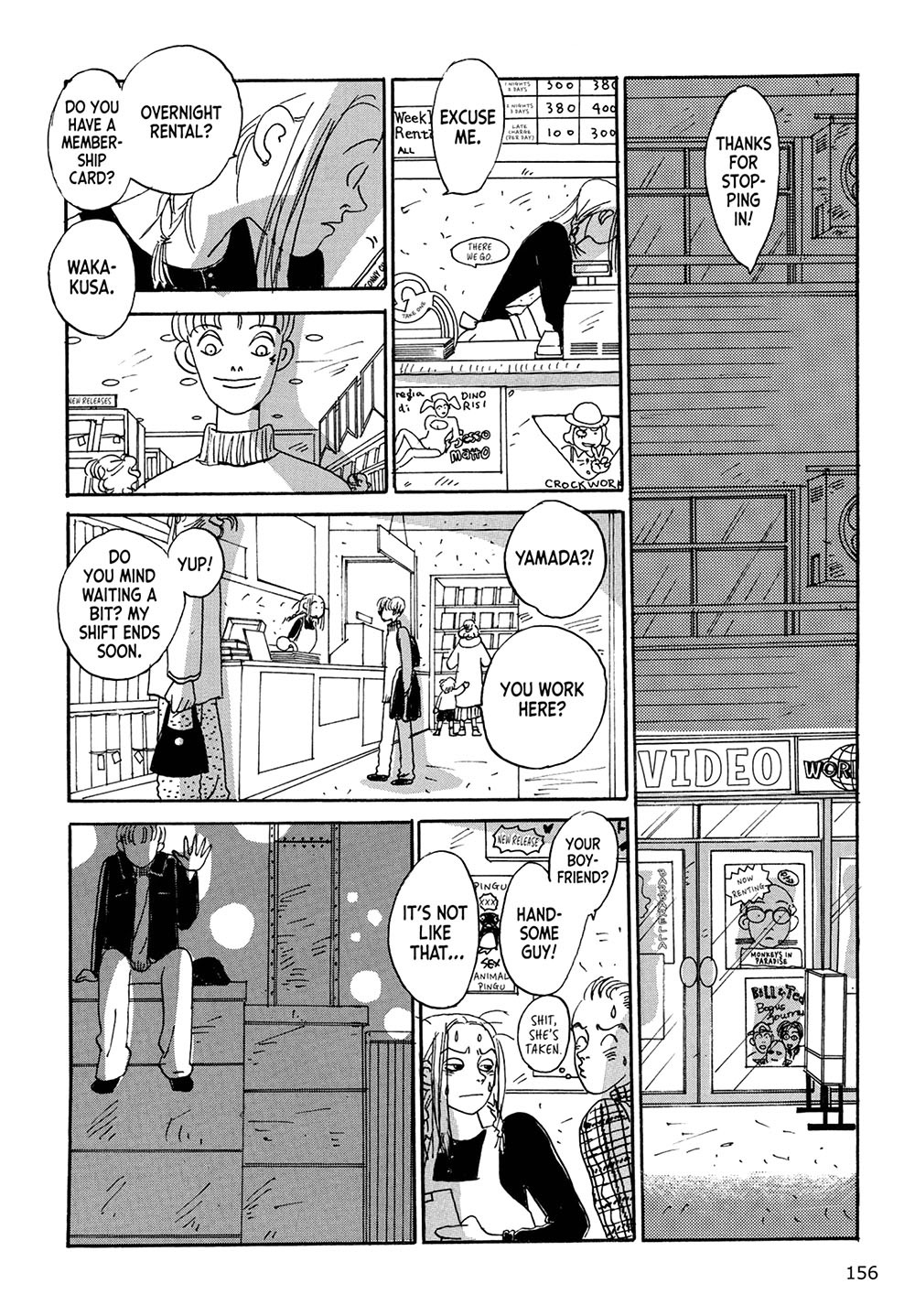
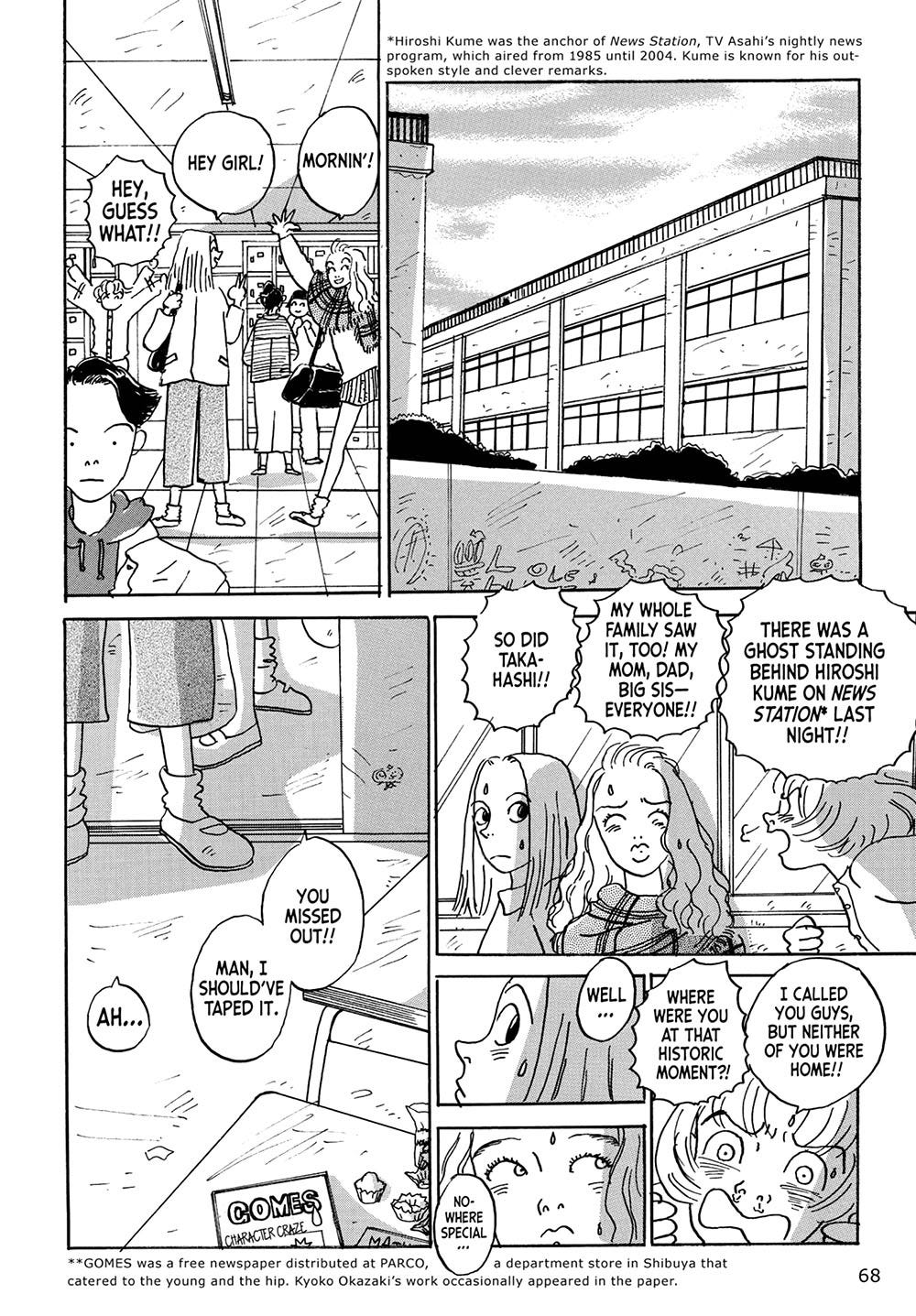
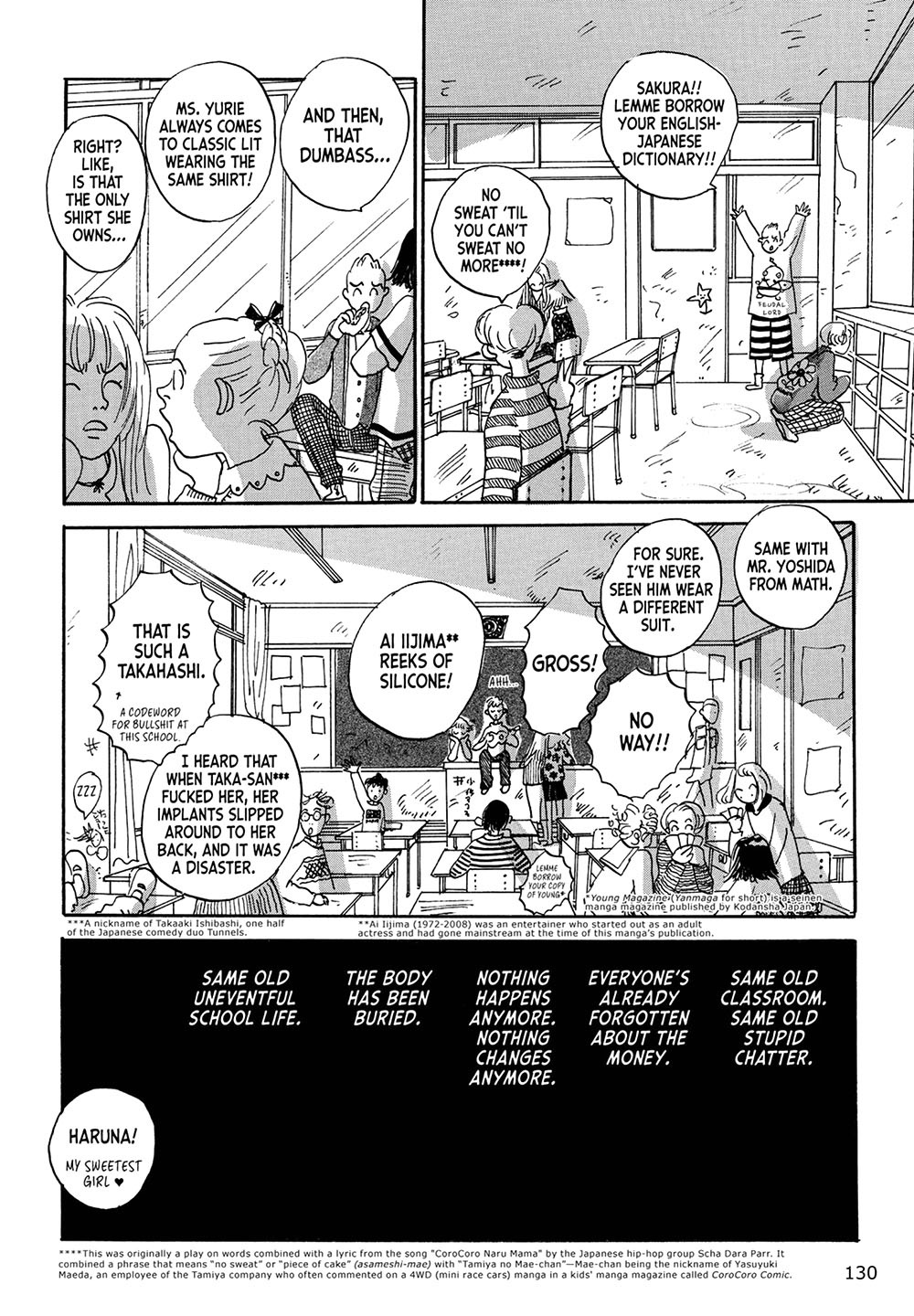
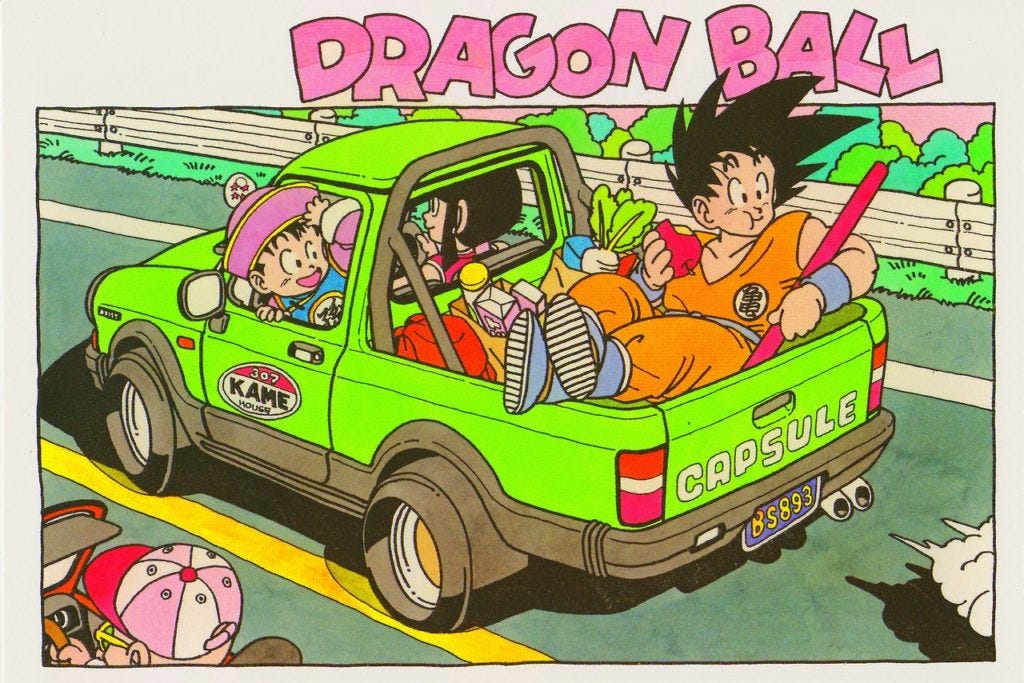
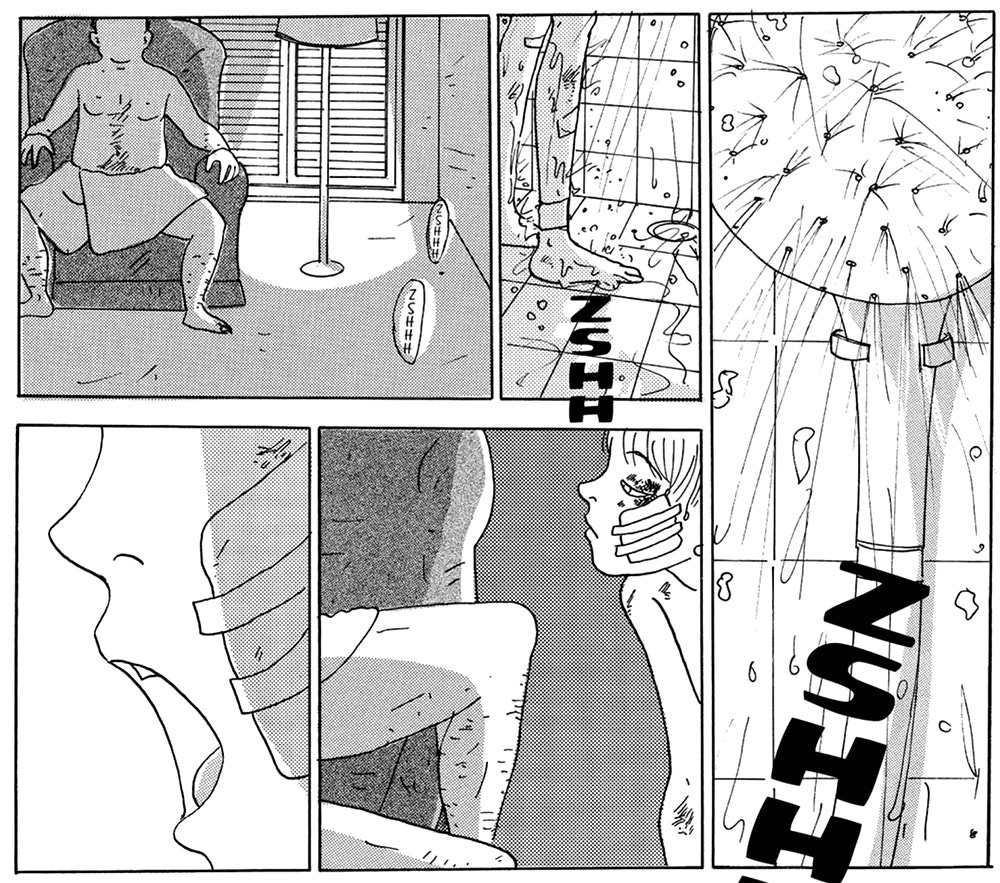
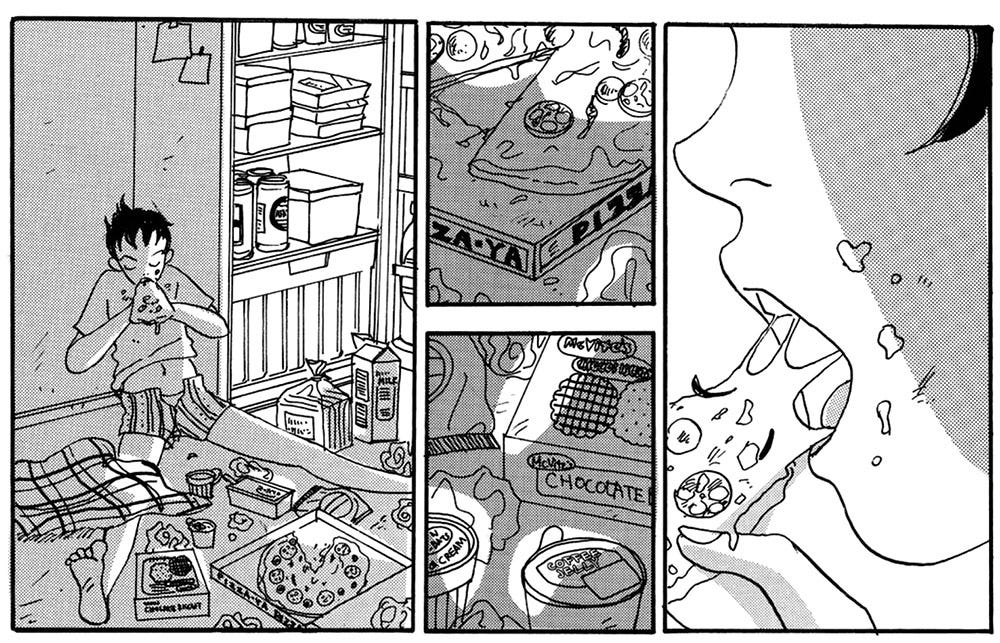
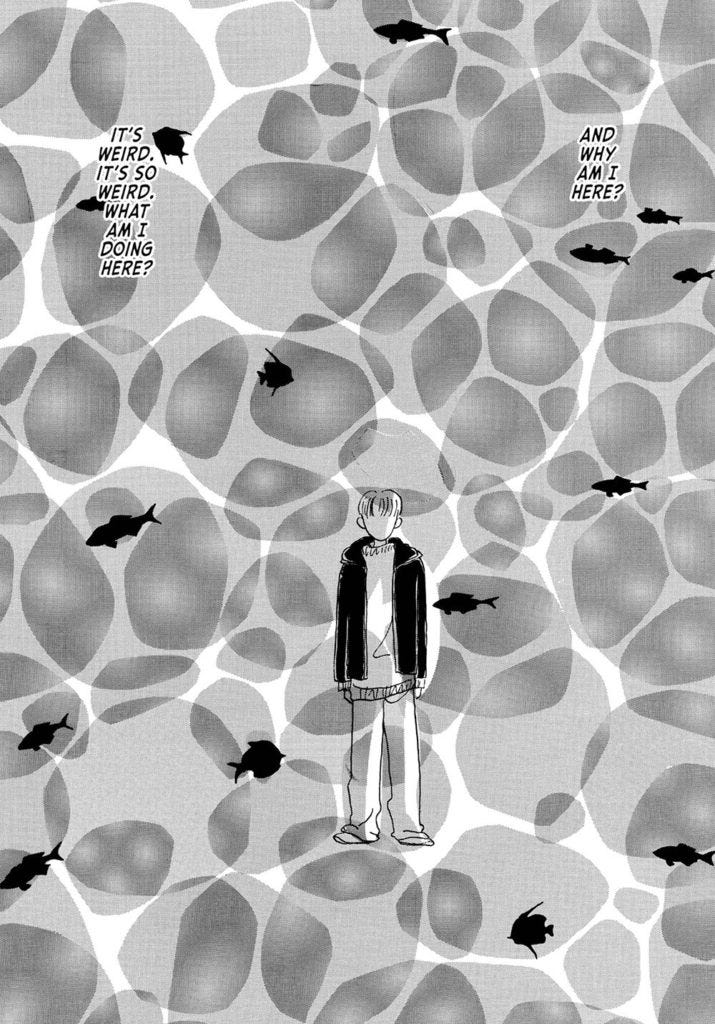

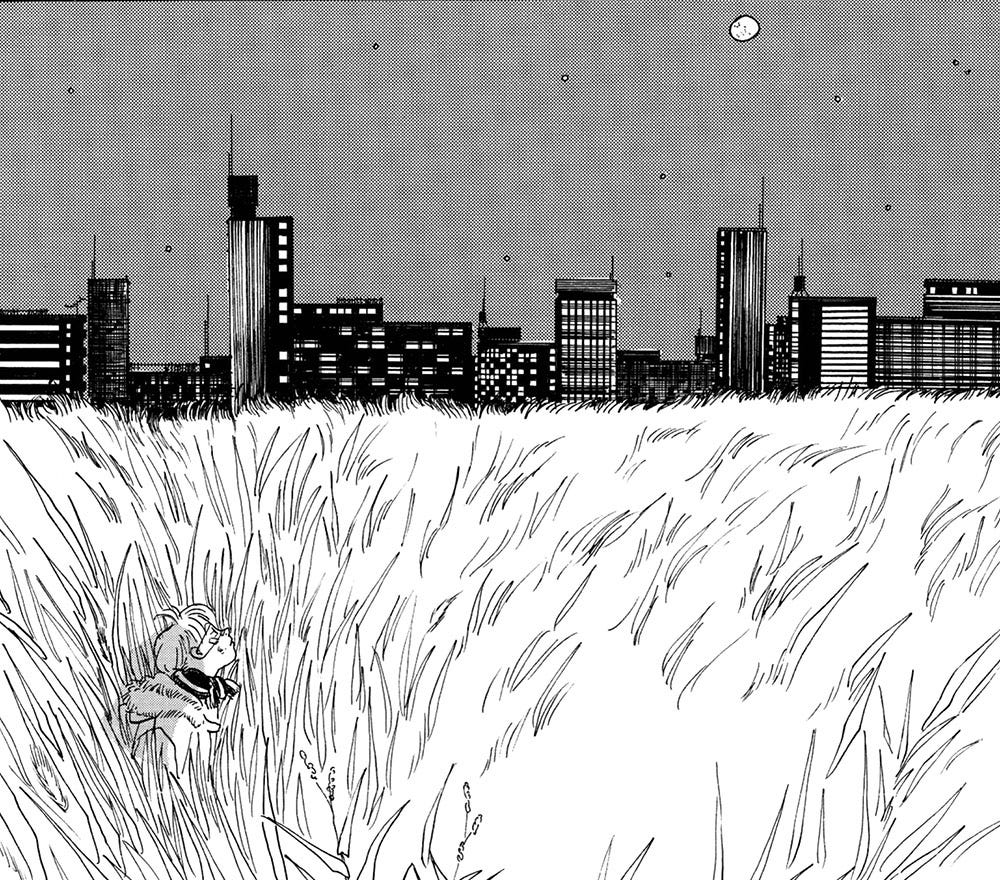
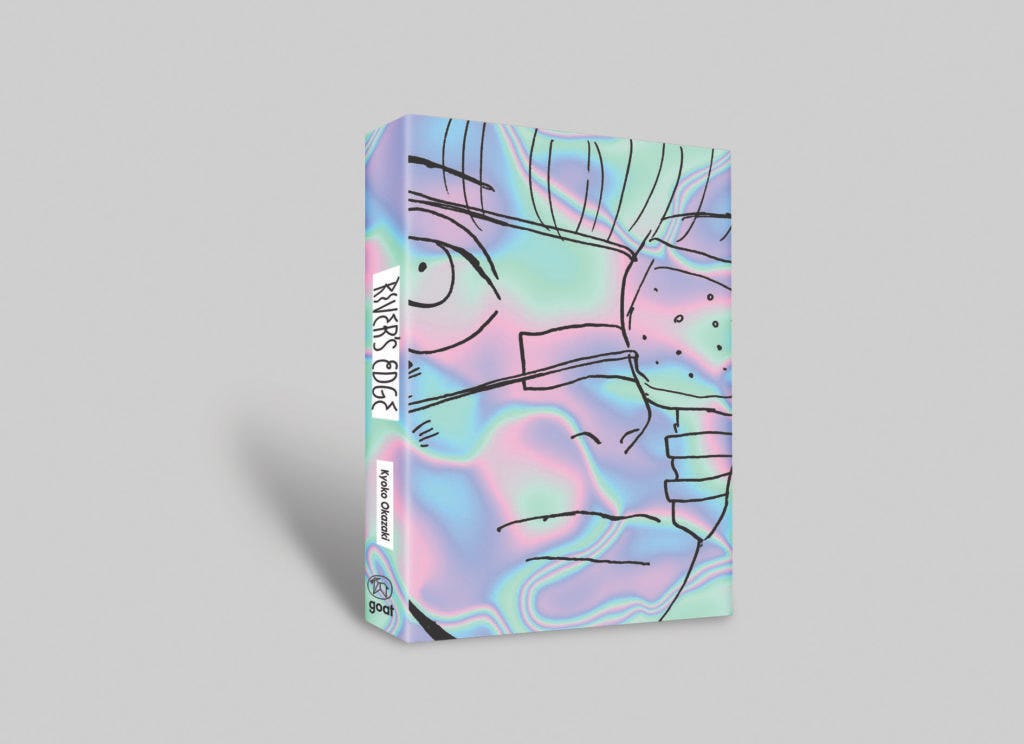
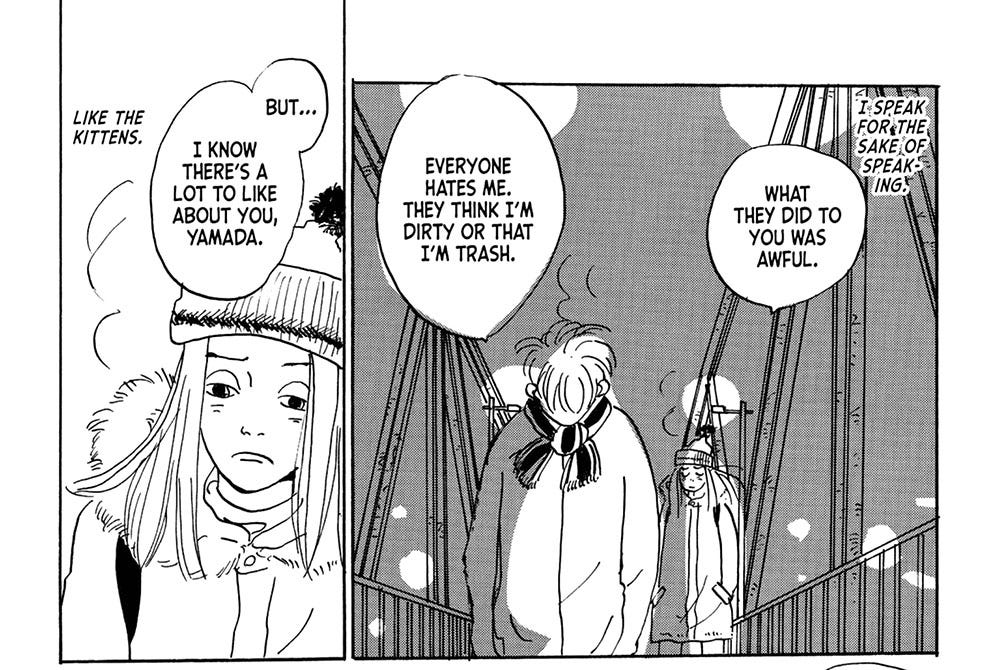
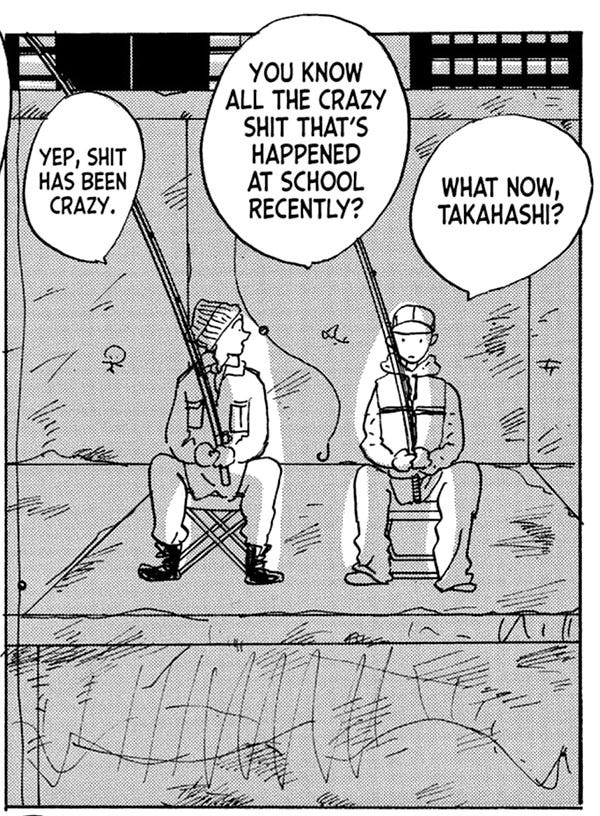
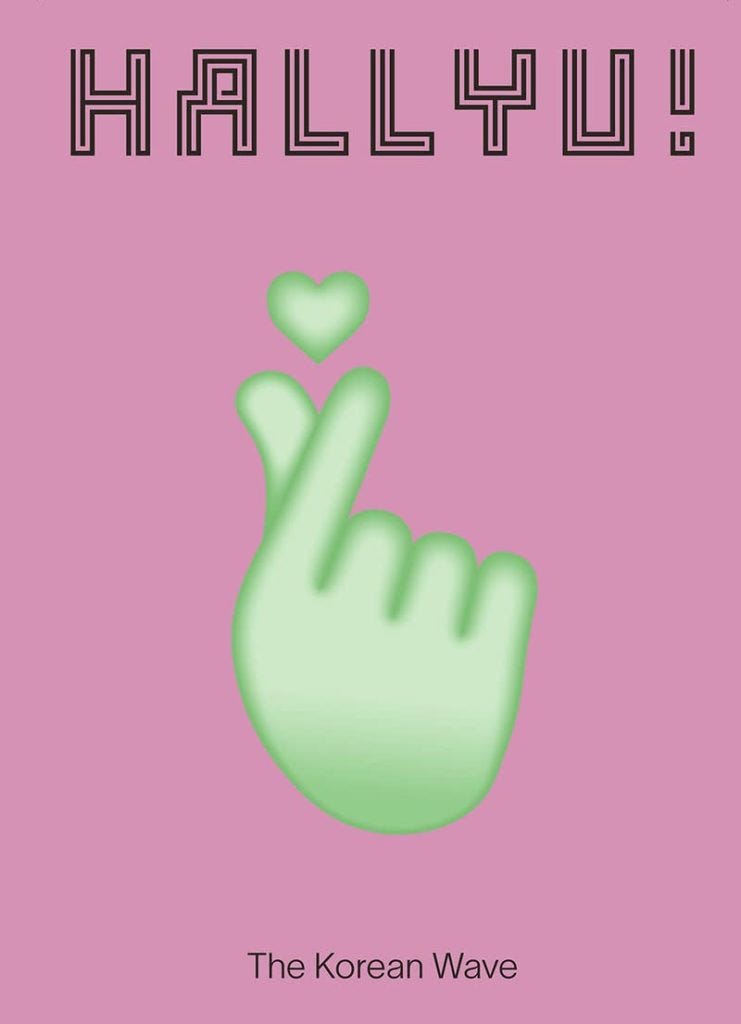
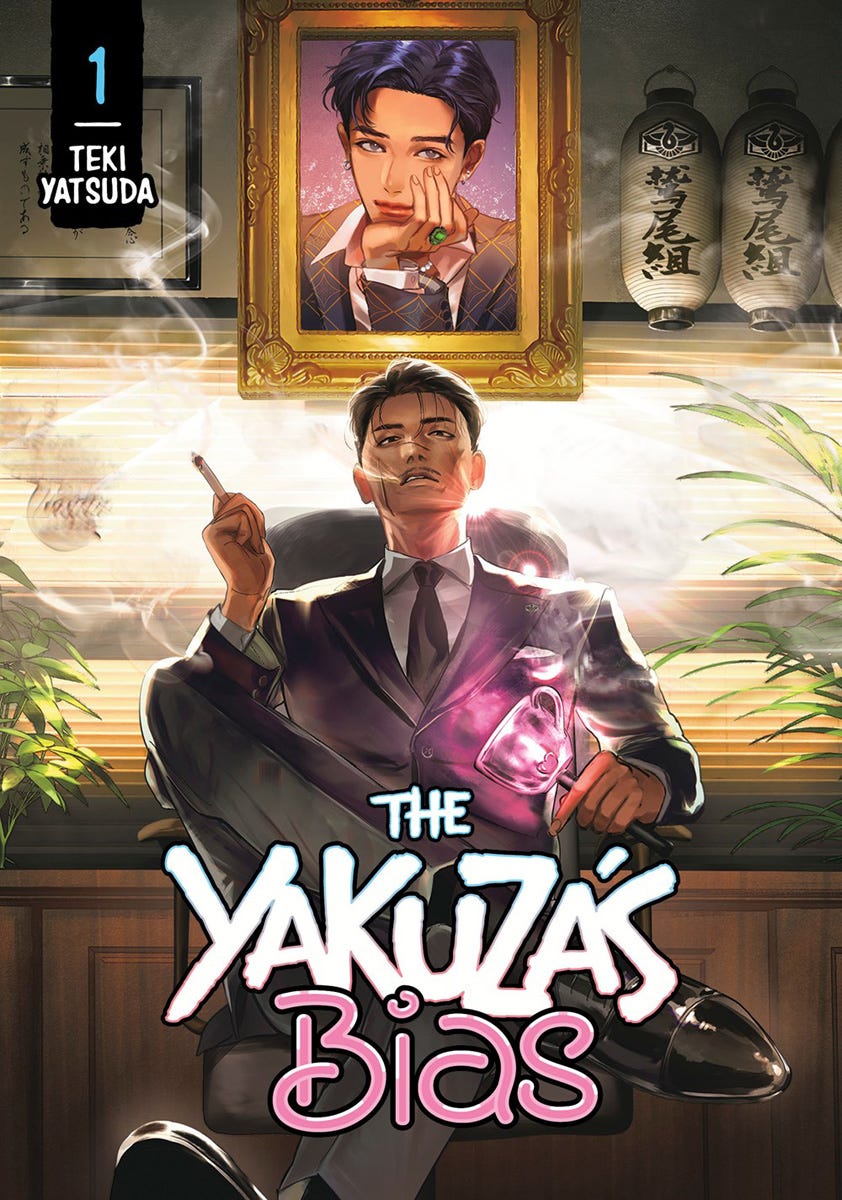
Awesome stuff as always. I have missed Mangasplaining in its absence! Now, I hate to be that guy, but Okazaki Sensei's name is spelled "Okzaki" in the title of this post. Just thought you might like to know.
i was also a big fan of the on-page translator notes! reminded me of my first anime experience, watching gintama, with its many references to a Japanese pop-culture I didn't know shit about. I used to have to pause and read the block of text at the top of the screen for context--I didn't even know any Dragon Ball Z characters at the time so the extended Piccolo and Vegeta jokes were truly A Lot. I missed that in media res info-dump!